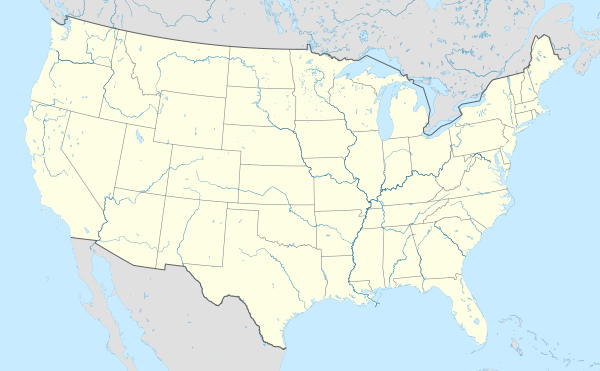
Back قائمة مواقع التراث العالمي في الولايات المتحدة Arabic مواقع التراث العالمى فى الولايات المتحده ARZ Спіс аб’ектаў Сусветнай спадчыны ЮНЕСКА ў ЗША Byelorussian Welterbe in den Vereinigten Staaten German Anexo:Patrimonio de la Humanidad en Estados Unidos Spanish UNESCO maailmapärand Ameerika Ühendriikides Estonian فهرست میراث جهانی در ایالات متحده آمریکا Persian Unescon maailmanperintökohteet Yhdysvalloissa Finnish Liste du patrimoine mondial aux États-Unis French Patrimonio da Humanidade nos Estados Unidos de América Galician
Locations of World Heritage Sites in Hawaii |
Locations of World Heritage Sites in Alaska |
Locations of World Heritage Sites in Puerto Rico |
The United Nations Educational, Scientific and Cultural Organization (UNESCO) World Heritage Sites are places of importance to cultural or natural heritage as described in the UNESCO World Heritage Convention, established in 1972.[1] Cultural heritage consists of monuments (such as architectural works, monumental sculptures, or inscriptions), groups of buildings, and sites (including archaeological sites). Natural features (consisting of physical and biological formations), geological and physiographical formations (including habitats of threatened species of animals and plants), and natural sites which are important from the point of view of science, conservation, or natural beauty, are defined as natural heritage.[2] The United States accepted the convention on December 7, 1973.[3] There are 25 World Heritage Sites in the United States, with a further 18 on the tentative list.[3]
The first sites in the United States added to the list were Mesa Verde National Park and Yellowstone National Park, both at the second session of the World Heritage Committee, held in Washington, D.C., in 1978.[4] The most recent site listed is the Hopewell Ceremonial Earthworks in 2023.[3] The 25 sites are located in 22 states and two territories. Arizona, California, Hawaii, Illinois, Montana, New Mexico, New York, and Pennsylvania each contain multiple sites (with the Frank Lloyd Wright site spread across six states), while two sites are transboundary sites shared with Canada.[3] Of the 25 sites, 12 are cultural, 12 are natural, and one, Papahānaumokuākea, is mixed, listed for both cultural and natural properties.[3] One site is currently listed as endangered: Everglades National Park was listed in 2010 due to deterioration of its aquatic ecosystems. The site had also been listed as endangered between 1993 and 2007. Yellowstone National Park was listed as endangered between 1995 and 2003 because of planned mining operations.[5] The United States has served as a member of the World Heritage Committee five times, 1976–1983, 1987–1993, 1993–1999, 1999–2001, and 2005–2009.[3]
- ^ "The World Heritage Convention". UNESCO World Heritage Centre. Archived from the original on August 27, 2016. Retrieved July 7, 2019.
- ^ "Convention Concerning the Protection of the World Cultural and Natural Heritage". UNESCO World Heritage Centre. Archived from the original on February 1, 2021. Retrieved February 3, 2021.
- ^ a b c d e f "United States". UNESCO World Heritage Centre. Archived from the original on April 21, 2021. Retrieved September 14, 2012.
- ^ "Report of Rapporteur" (PDF). UNESCO World Heritage Centre. Archived (PDF) from the original on October 16, 2013. Retrieved September 14, 2012.
- ^ "Yellowstone National Park: Factors affecting the property in 1995". UNESCO World Heritage Centre. Archived from the original on October 28, 2022. Retrieved October 28, 2022.



